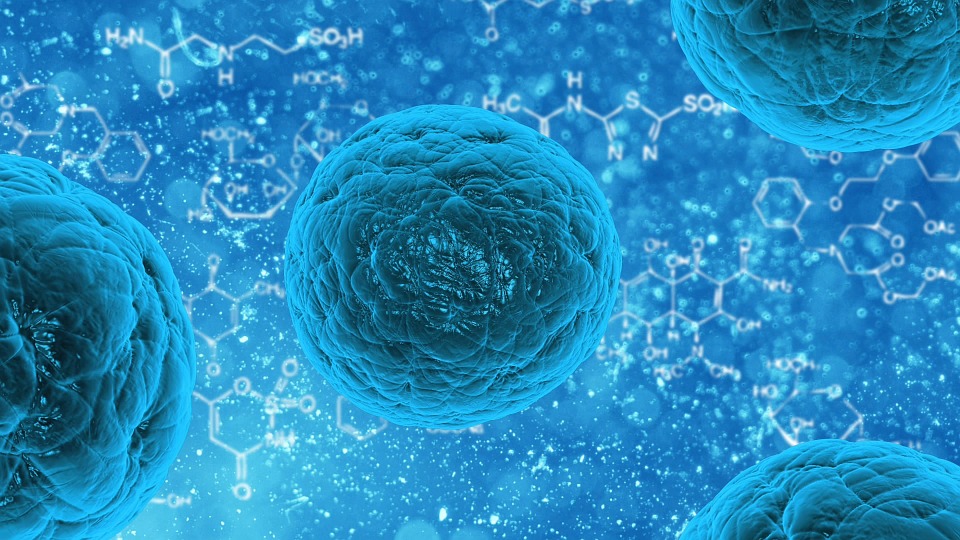Stem cells are also called mesenchymal/basic/precursor cells or growth factors. The body of any person contains them, and they are characterized by the ability to reproduce their analogues and transform into the cells of any organ in the human body.
Theoretically speaking, it is possible to restore damaged areas of any organ thanks to this possibility. This became the basis for their active scientific research and use in medical practice for the cure of diseases that are difficult to treat therapeutically.
Beginning of mesenchymal cell use
This scientific material was not always approved; there was a difficult period when its use was restricted and sometimes completely prohibited. The first scientific study of growth factors was carried out at the California Institute in the Department of Pediatric Neurology. Then a wave of research studies swept through many scientific centers around the world.
The very first mention of this biological material dates back to the 18th century. The presence of stem cells was discovered in the process of studying hematopoiesis. In 1908, Professor Maximov of the St. Petersburg Military Academy discovered the basic cell, which was the building block of the whole organism.
Basic cell properties
Since then, active research on human precursor cells has continued up to our time, and the use of cell therapy began in the 1960s. In post-Soviet countries, the technique was treated with caution, so the first transplantation dates back only to 2010. Even now, there are not many medical institutions specializing in high-quality cellular treatment of patients.
Relatively recently, a group of American scientists isolated the basic cell from adipose tissue and conducted a study that showed how basic cells can turn into the cells of absolutely any organ in the human body.
Practical therapeutic use of growth factors
The field of treatment with mesenchymal cells is relatively young but actively developing. Every year, scientists discover new opportunities and pathologies that can be effectively treated with stem cells.
Today, cell therapy allows us to successfully correct the pathogenesis of the following diseases:
- Vascular pathologies
- Cardiac diseases
- Ophthalmic diseases
- Autoimmune diseases
- Atherosclerosis
- Oncology
- Neurological disorders
- Severe injuries
- Hernias, etc.
Ophthalmic correction with stem cells
The development of scientific medicine allows us to actively use mesenchymal cells to eliminate certain diseases, such as optic nerve atrophy, nystagmus, amblyopia, and dystrophy of the retinal pigment epithelium. And this method gives excellent therapeutic results! It is very important to note that the treatment of eye diseases with stem cells is a rather gentle procedure. It is safe because it does not require complex surgical intervention and has no side effects. The recovery process is quick and painless. Today, cell therapy is considered a promising alternative to laser, invasive, and drug treatments.
Contact the Mardaleishvili Medical Centre’s Eye Clinic — here you will undergo ophthalmic stem cell transplantation and quickly restore lost vision!


